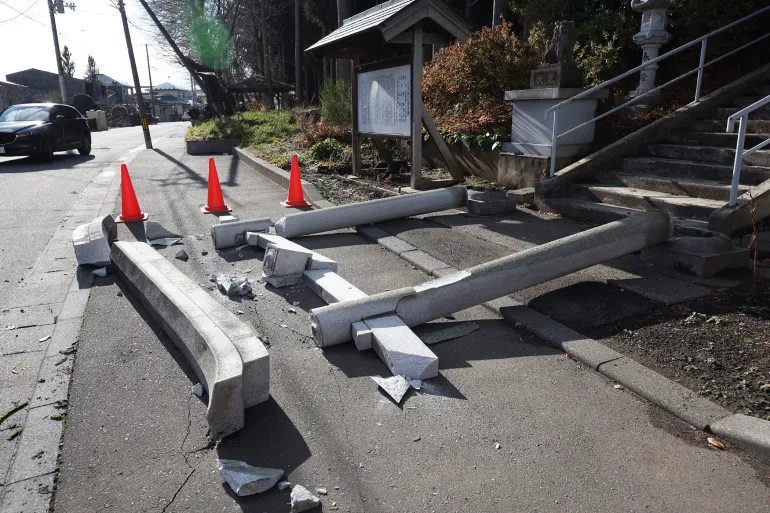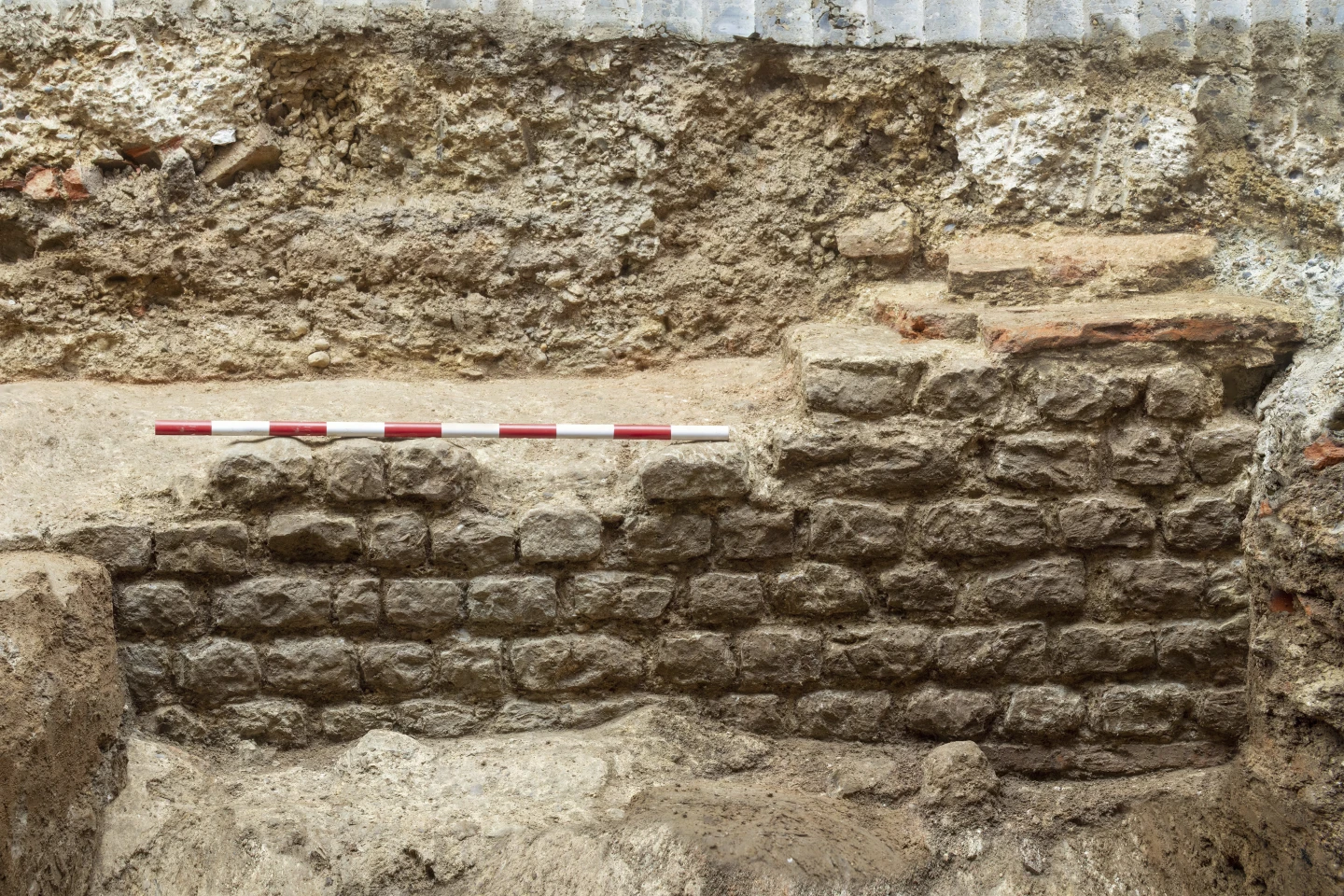As London continues its relentless march toward the future with the construction of new skyscrapers, a remarkable discovery has offered a glimpse into its distant past, The Associated Press reports.
Archaeologists excavating the site of a planned 32-story office tower at 85 Gracechurch Street have unearthed significant remains of a Roman basilica, a key structure from the heart of the ancient city of Londinium.
The excavation, conducted in the basement of the building slated for demolition, revealed flint, brick, and ragstone walls and foundations that date back almost 2,000 years. The preserved sections are substantial, reaching up to 1 meter (over 3 feet) wide and 13 feet deep.
Sophie Jackson of Museum of London Archaeology described the find as “one of the most significant discoveries” in recent years within London’s oldest quarter, the City – the square-mile financial district known for its blend of modern high-rises and historical remnants.
The uncovered foundations belonged to a two-story basilica, a building nearly as large as an Olympic swimming pool. Constructed between 78 and 84 A.D., roughly three decades after the Roman invasion of Britain and two decades after Boudicca’s forces sacked the emerging settlement, the basilica formed an integral part of the forum, Londinium’s social, political, and commercial hub. The forum served as a gathering place for shopping, socializing, seeking justice, and hearing proclamations from political leaders. The newly discovered remains are believed to be part of the tribunal, a raised platform within the forum where politicians and officials made crucial decisions.
Henderson-Schwartz, a leading archaeologist on the project, emphasized the extraordinary level of preservation, noting that the “absolutely massive” foundations uncovered across several test pits suggest a wealth of historical information yet to be revealed.
Further excavations hold the promise of answering intriguing questions about Roman London, including the reason for the original forum’s relatively short lifespan of only 20 years before being replaced by a larger structure that remained in use for the next three centuries. The discovery of artifacts such as writing tablets, styluses, and even discarded refuse could provide invaluable insights into the daily lives of Roman Londoners.
Developer Hertshten Properties, which owns the site and holds planning permission for the new office tower, has agreed to incorporate the archaeological remains into its construction plans. The company intends to create a visitor center where the public can view and learn about the ancient basilica.
The discovery highlights the routine practice in Britain where property developers are required to consult with archaeologists as part of the planning process. This has led to numerous finds, ranging from Saxon jewelry to medieval ice skates and the skeletons of 14th-century plague victims.










The latest news in your social feeds
Subscribe to our social media platforms to stay tuned